We believe that people don’t want to watch commercials which is completely untrue
Celebrating the spirit of pioneering innovative thinking and disruption, Star Sports held a thought leadership event “Re.Imagine: The power of Marketing - a forum that saw attendance from marketing stalwarts in Mumbai and Delhi on the 29th and 30th of October 2018.
A first in the series, the event saw the presence Yan Liu, Co-founder and CEO, TVision Insights, who spoke about the power of attention both challenging prevalent marketing thought and practice.
Mr Yan Liu in his session on power of attention brought alive the need to qualify existing impression and GRP delivered with whether consumer was paying attention to the same or not. In the muddled and time-starved lives of present day consumers, grasping and holding on to consumer attention is becoming increasingly difficult. Marketers and media agencies have been striving to qualify the attention aspect but have been constrained by availability of the same. TVision now offers an attention measurement option which can qualify existing TV rating with an attention index which can help marketers and media agencies differentiate amongst GRP/ impression delivery.
In an insightful conversation with Mr Liu, post his presentation, he discussed the importance measuring attention and the value it can create for brands and creative agencies alike.
Excerpts:
Tell us about your company TVision Insights?
We started right out of MIT in the United States. They key concept is that we want to better understand attention in front of a TV because we fundamentally believe that attention is the most important currency when you talk about advertising. Essentially, if you don’t have audience attention nothing is going to happen. Traditionally, including India you use rating points to understand how important a show is which is not entirely wrong because the rating points show how many people tune in to the screen. However, when you tune in to the screen doesn’t necessarily mean you pay attention. It is important for brands to really understand when people pay attention to your commercial or TV channel so you can spend your money more effectively on those TV channels. With our data you can do that. That is why we decided to start this company to provide more insights to those brands and TV networks so that advertisers can better optimise based on attention not only GRPs and TV rating.
What technologies do you deploy to measure attention? What are you measuring exactly?
Our main technology is computer vision where essentially there is a camera on a stand that is recording what is going on in the living room. It records how many people there are, identifies the people, and most importantly eyes on screen so we know who is paying attention to the screen. We have this deep learning technology and the important thing is that we process everything on the local device; we don’t upload the raw video or image to the cloud due to privacy concerns. That’s a very important aspect of the technology. Another aspect is ACR (Automatic Content Recognition) which basically matches the audio to our database within two seconds and helps us understand what is playing on the screen. Whether it is Sony, Star or ZEE, we can understand which channel and which show is screening. That is the second level. Then we connect the two pieces of information together using a timestamp and we receive second by second information (real-time). The technology is an independent device but the setup is extremely easy and takes about 3-5 minutes. Initially, we wanted a third party vendor to help us with the installation but in the U.S it is pretty much self-installation.
What is the selection criterion for the deployment of this technology?
In the U.S in each region (called DMA in the United States) we have the U.S census data (age, gender, geography) and we choose to represent the demographic distribution of each DMA. In India, initially since it’s a proof concept we do not want to strictly do that but as we scale up we obviously want to represent the demographic distribution for each region. That’s how we create an unbiased sample.
What is the duration for measuring the audience data?
Our device is 24/7. It is continuous measurement and our unique technology allows us to measure data second by second. This is much better than traditional measurement because in that people are supposed to click the button every 15-20 minutes and with that it is difficult to understand the rating per creative but with our second by second data, even while the creative is running, can help brands improve the creative quality and also the show quality.
How have your insights shaped advertising strategy?
There are two main use cases for brands to use our data. One is media planning. Let’s say you have two shows with the exact rating but one has 2x higher attention. Then of course if you’re a big brand, you want to spend money on the higher attention shows. That is how we can help optimise media planning. The second portion is about the creative. You can use our second by second data to figure out how to improve the creative quality because our second by second data can be overlayed with the metadata. For example, you can understand when certain music is played whether attention goes up and then you know that this music is good and may continue to use this music. Traditionally, you test in a lab using focus groups which is fine but you assume that the audience is paying attention because you pay these people to come to the lab and do the testing. Nobody can walk out and go to the restroom right? It is not real attention; to be honest it is forced attention. By using our device you can measure audience attention in their natural environment. People can walk away anytime. That’s why we believe that our insights can help brands more to create better commercials.
How much attention do audiences pay to the sports genre?
Based on our study, sports as a genre gets high attention compared to other genres. Another thing is that sports have this emotional component to it and people get very excited when they watch sports. So, for brands that is an excellent opportunity to invest and create an emotional bond with the audience. What we’ve found is that if the commercial played has a sports related theme and you feature athletes in the commercial with a similar context to the show then you can get much higher attention. Through our data you can optimise your creative, your planning and your placement to get more attention out of the sports show.
Another big aspect about sports is that most of it is live so it is harder to skip ads.
Today, viewership has largely shifted to my second device – mobile. What role will your measurement system play on that device?
Today, we operate in the U.S, Japan and we have recently opened offices in the U.K. In the U.K, what we’ve found is, even for the streaming platform most of the audience watches shows on the big screen which is not the case in India. That’s why we have decided to develop a new product for an emerging country like India, Brazil and China, hopefully we can launch in late 2019, to measure cross-platform behaviour of the audience.
What is the scenario globally on mobile viewing?
We have stats from Netflix that show that initially when you sign up about 30-35% use mobile phone for streaming but as time passes that ratio shrinks to about 10% and eventually TV viewing goes up to 75%. This is after 6 months. Most people, if they have a big screen and good home Wi-Fi, they still prefer to watch on the big screen. This is not usually the case in emerging countries where you don’t have bandwidth or maybe your TV screen not big enough, so that’s clearly one challenge that we need to solve to adapt our technology to emerging countries.
How does the duration of a show impact attention?
Typically, attention decays over time as is shown by our second by second data. If it is a long sports show attention gradually decreases. By offering this data to brands, it helps them decide when they want to advertise. Another thing we noticed that it’s not just the same show, if you use the same creative over and over then attention decays because you don’t want to see the same commercial many times. This information can help brands decide the optimal frequency for them to play the commercial as well.
Also, what we’ve found is that agencies have the tendency to run ads many times and we have found that if you advertise on a high quality show because attention is already high, you create fatigue if you play the same commercial again and again. If you advertise on the prime spot and attention index is high you may not want to run many ads. Our advise is to run three different types of creative. The attention decay happens at different speeds, where some commercial you may want to watch 20 times but some commercial you may not, and our insights help you understand which creative do well.
Where does your attention metrics leave traditional measurement systems?
The right way to think about attention is that it doesn’t necessarily compete with GRP or TV ratings but is complementary data alongside TV ratings. Using TV rating and attention metrics together you can get attentive GRP and you can use that for the planning purpose. Then you can improve your business outcome by using two separate data sets.
Innovations introduced by advertisers to combat lowering attention spans.
In the U.S there are experimenting with a new type of short format ads that are 6 seconds duration because people pay attention. Another innovation is picture within picture where you shrink the sports program and you play the commercial on the side, so you play both simultaneously. Why are people doing that? It gets higher attention. TV networks need to continually evolve their ad formats and if brands find out which TV networks get higher attention then they would obviously like to pay more to get that attention.
On digital you can all sorts of ad formats. TV ads haven’t innovated at the speed of digital but with our new technology, now they have the option to do that. I would be happy to see more innovative ad formats emerge on TV platform which would make the TV industry much more interesting because compared to digital their content is much more premium. On top of that, it doesn’t have the ad fraud issue which is a big issue on digital or the view ability issue because on digital ads can only take up 50% of the screen so you can be much creative and innovative with ad formats on TV over time.
Most fascinating insight from your metrics?
Usually we believe that people don’t watch commercial which is completely untrue. We found that the drop in viewership when an ad begins is very low. For some sports shows, for example, the Super Bowl, we found that the commercial attention is higher than the show itself which is really valuable because these days’ people put a lot of production budget into commercials.
Plans for India?
We are going to team up with Star, draw a pilot and bring a crew of cast in early 2019 to offer this data to brands in India for the first time.
Mr Yan Liu is CEO and Co-founder of TVision Insights, a television attention measurement company pioneering the way brands, their agencies, TV networks and OTT platforms determine the true value of their video content and advertising. Yan founded TVision while earning his MBA at MIT. Prior to TVision, Yan started and managed Yo-ren, a leading digital marketing agency in China. Before that, Yan worked at McKinsey in Tokyo. He was born in China and grew up in both Japan and China, and currently resides in New York.



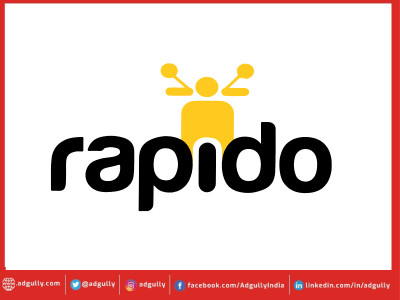
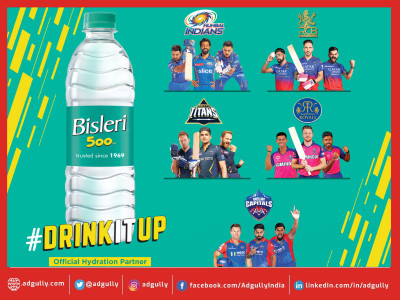
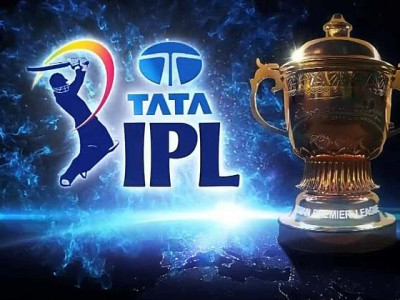


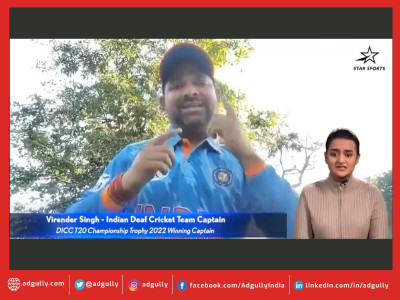


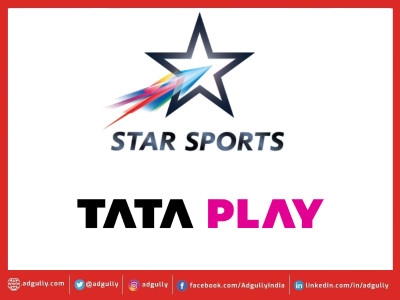
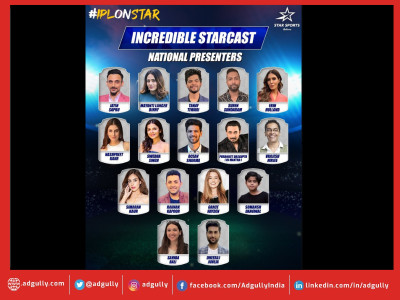
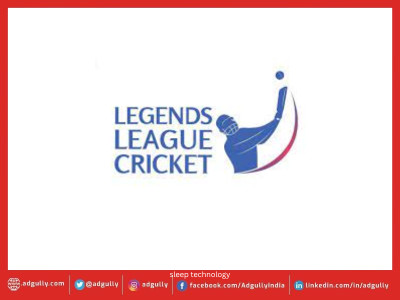


Share
Facebook
YouTube
Tweet
Twitter
LinkedIn